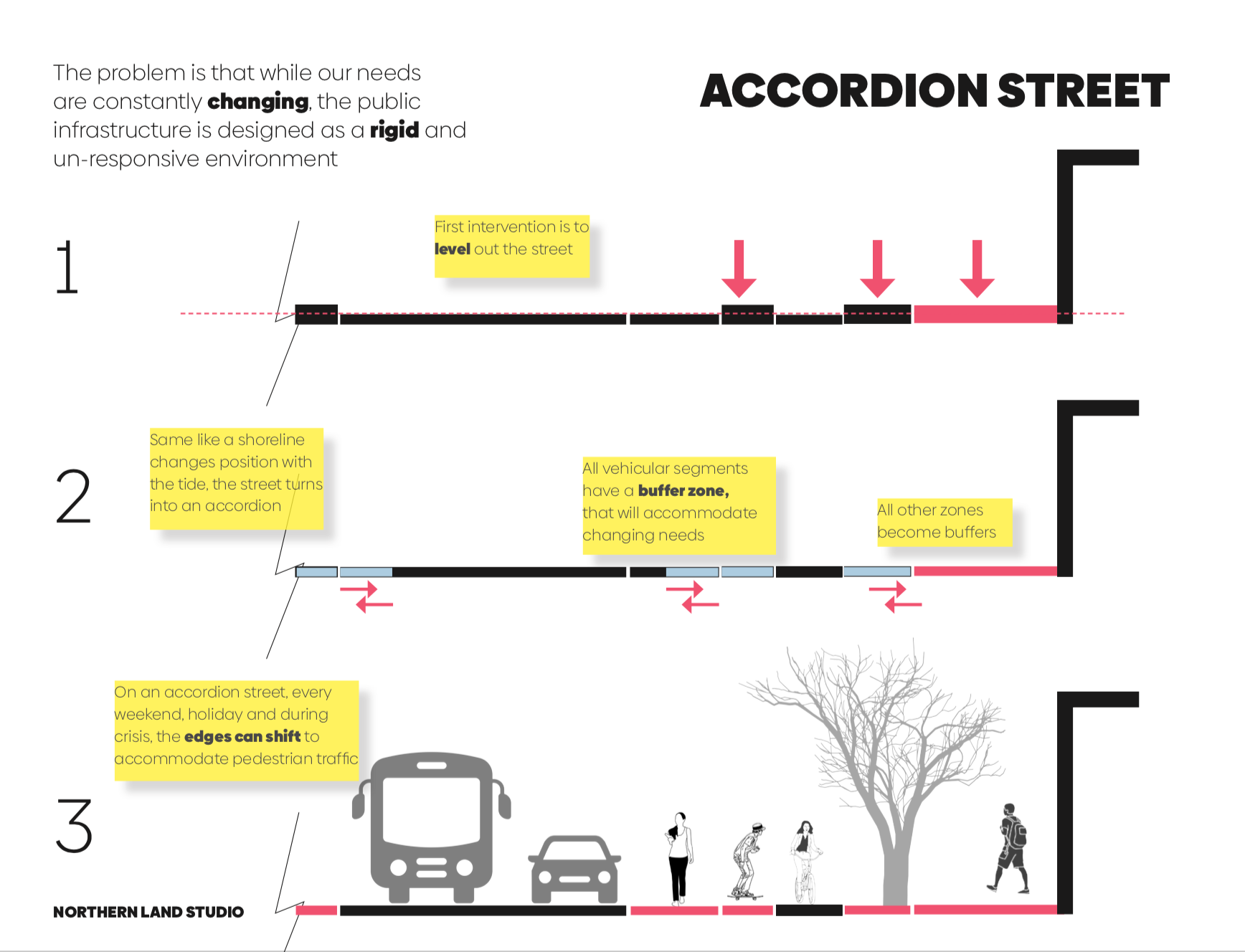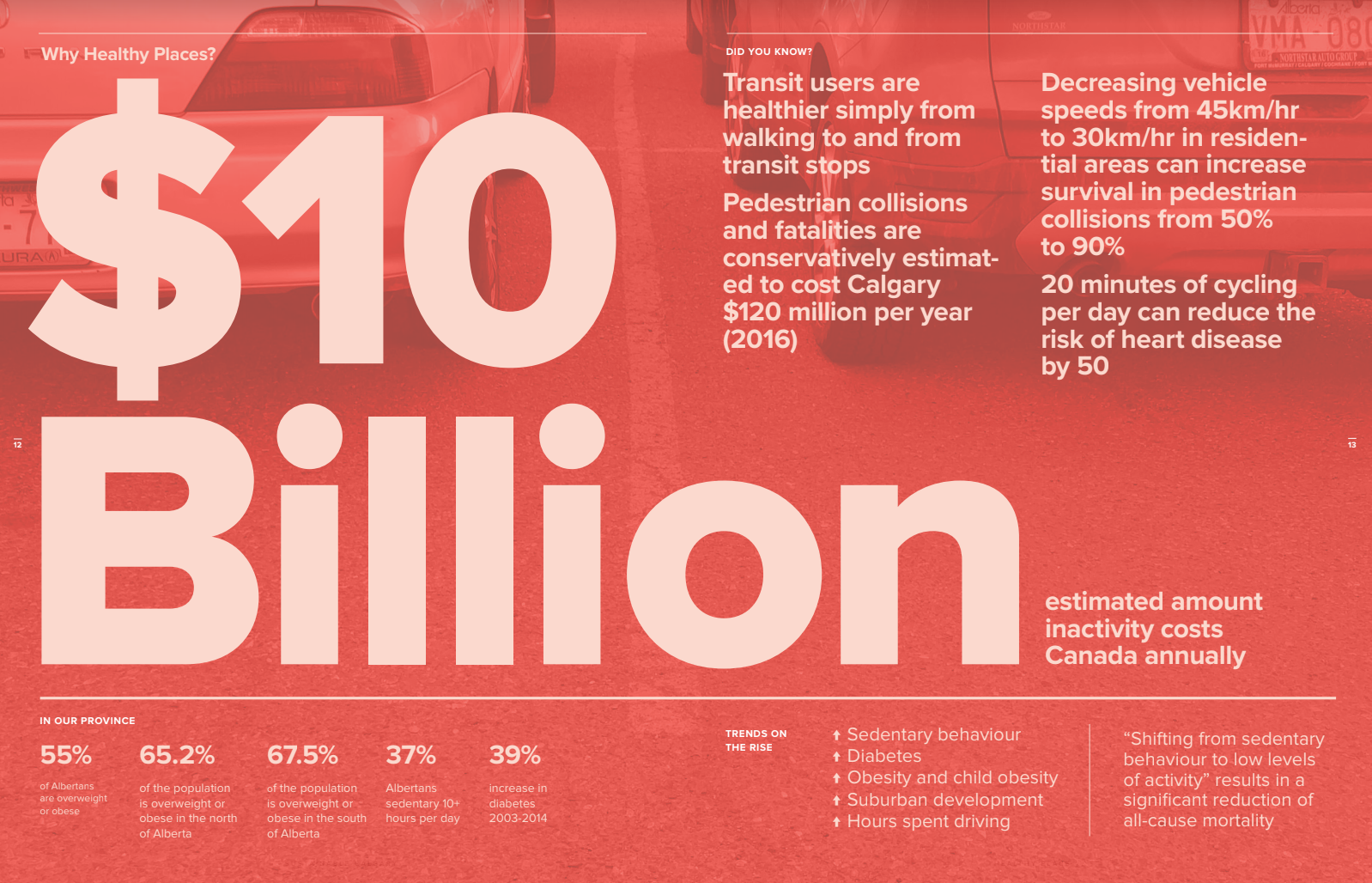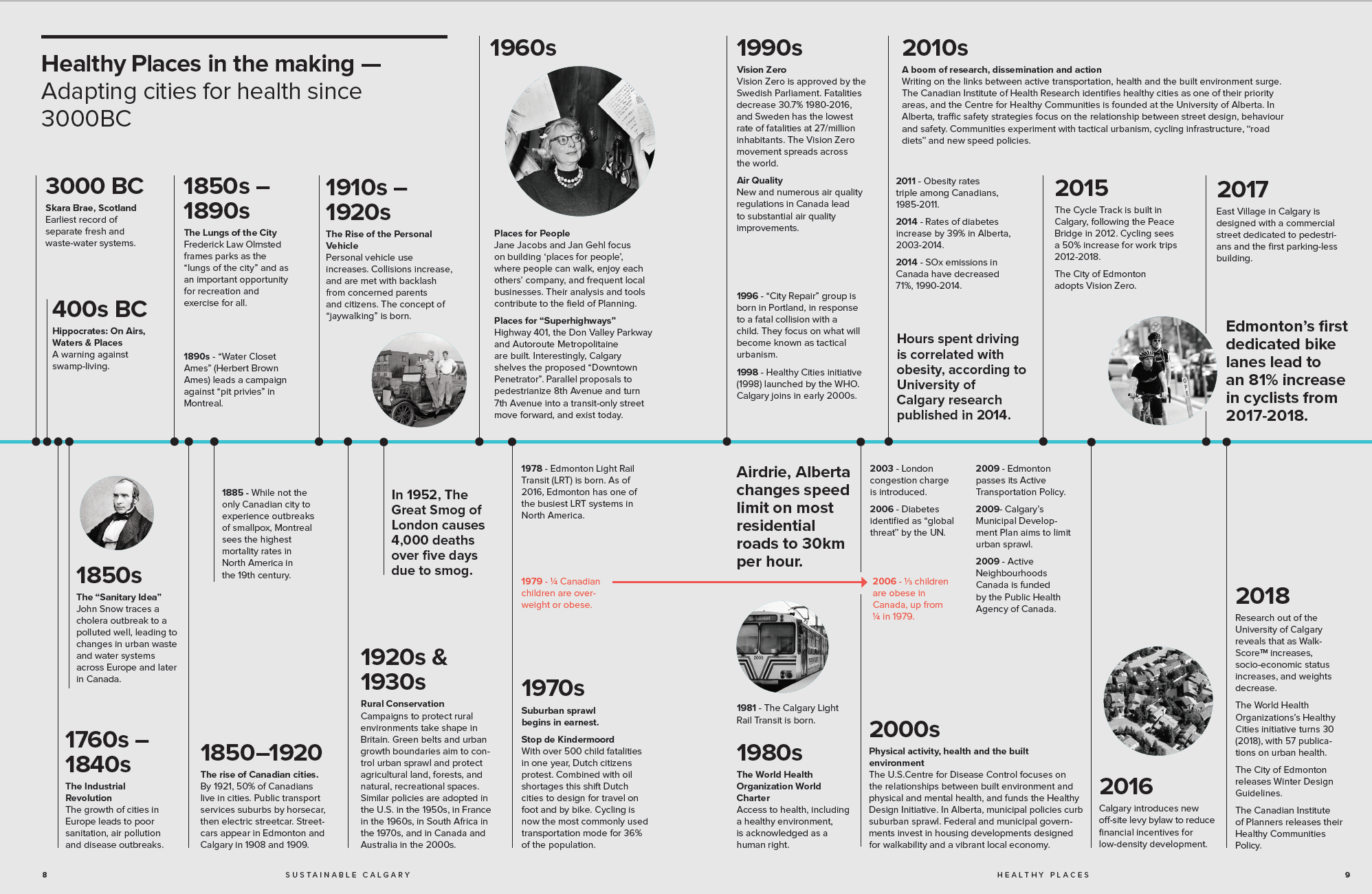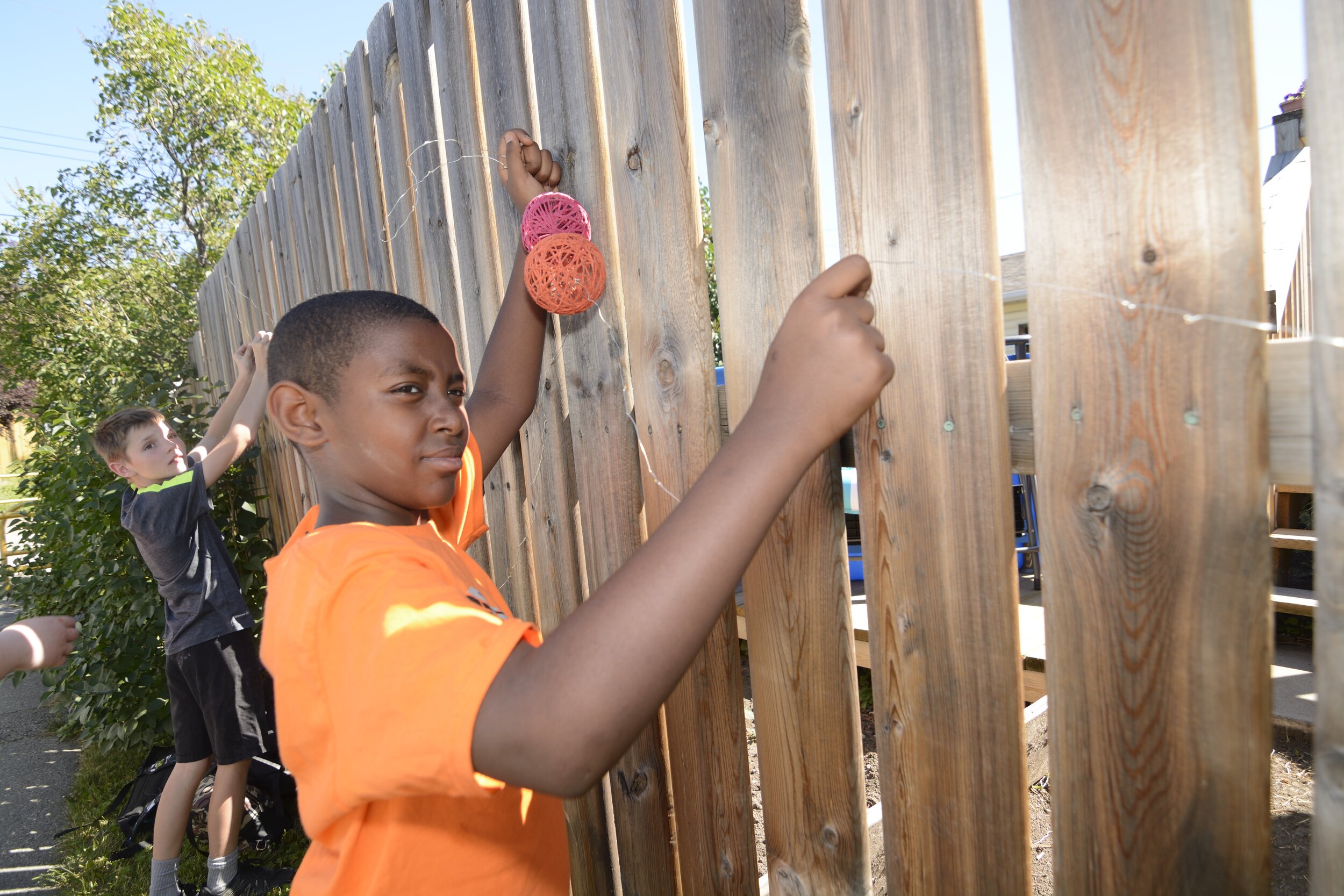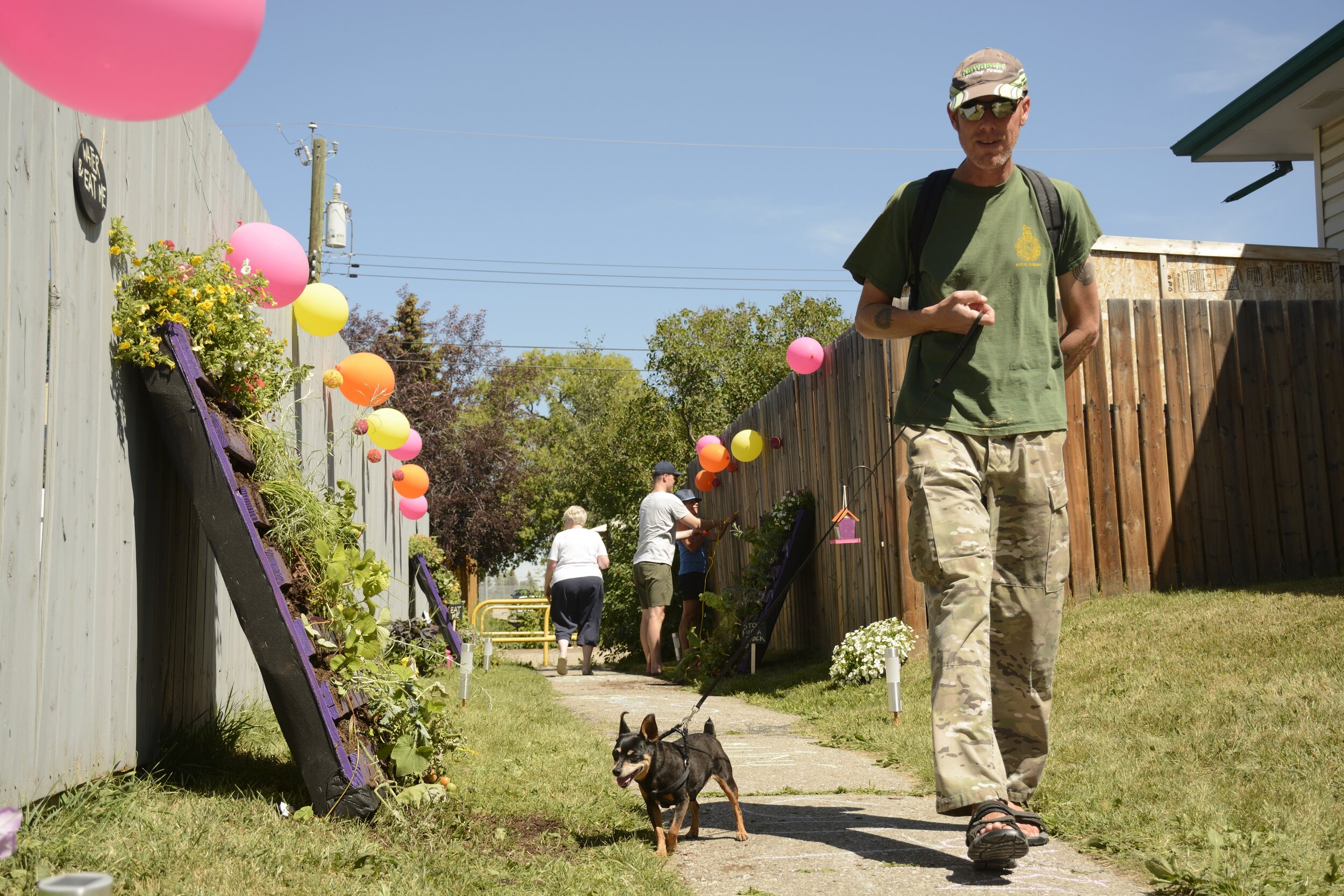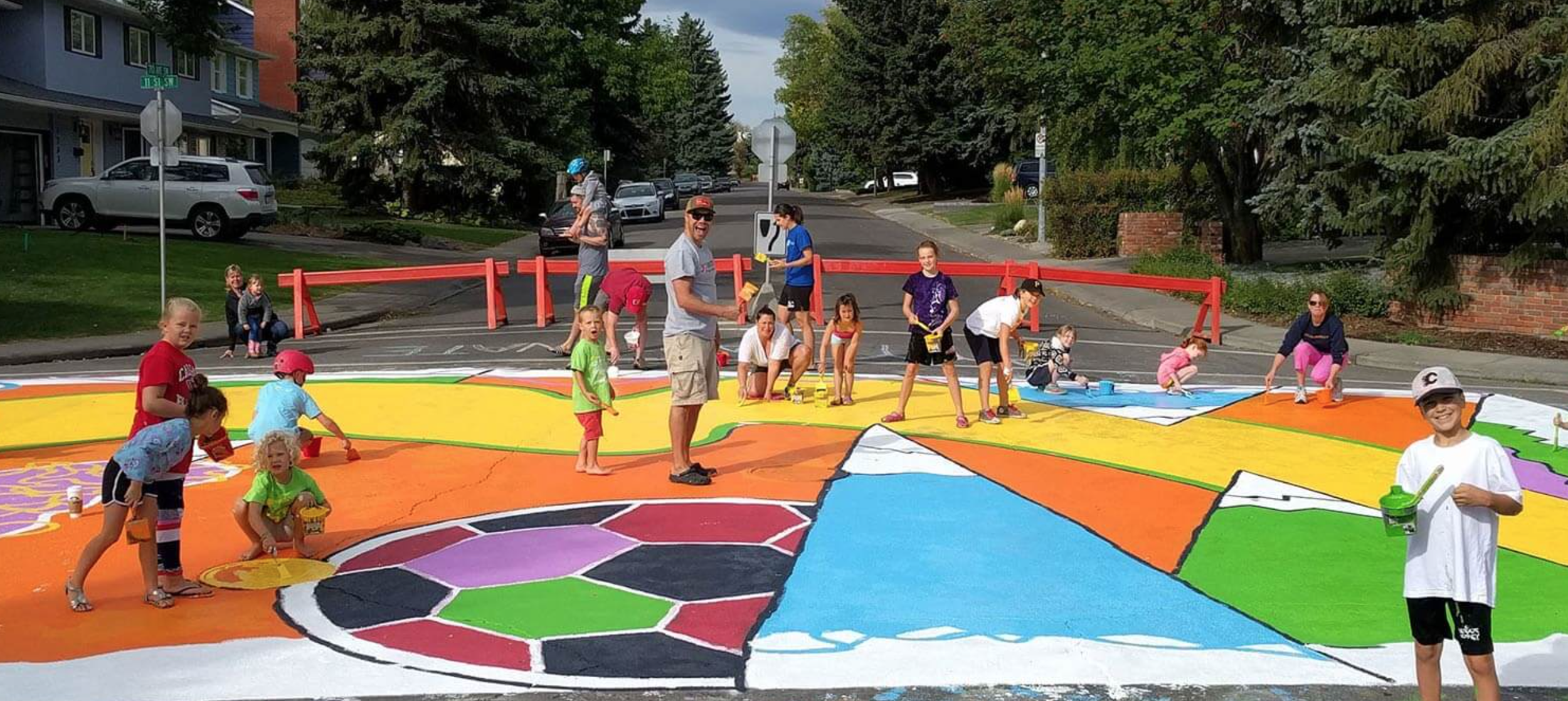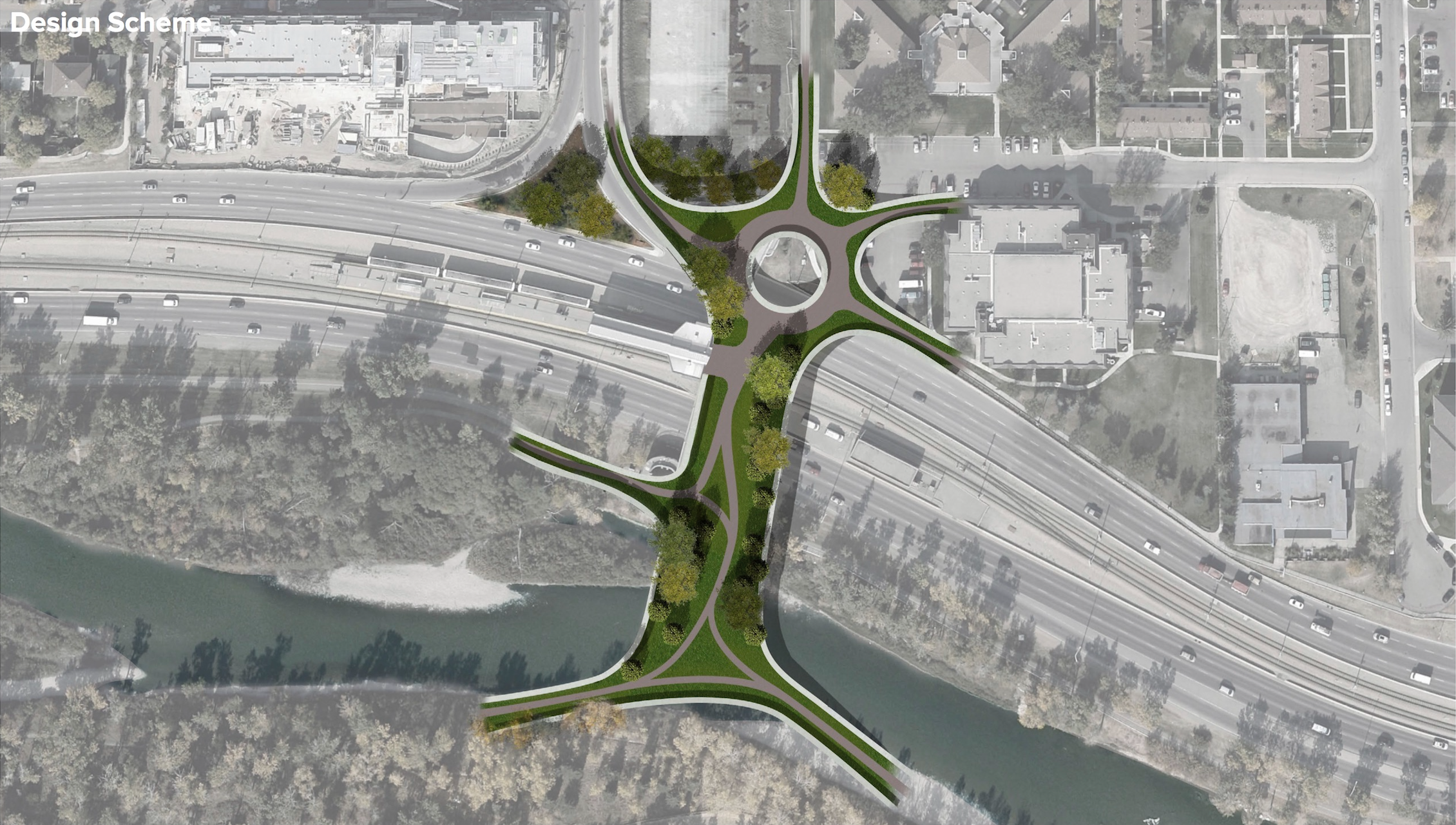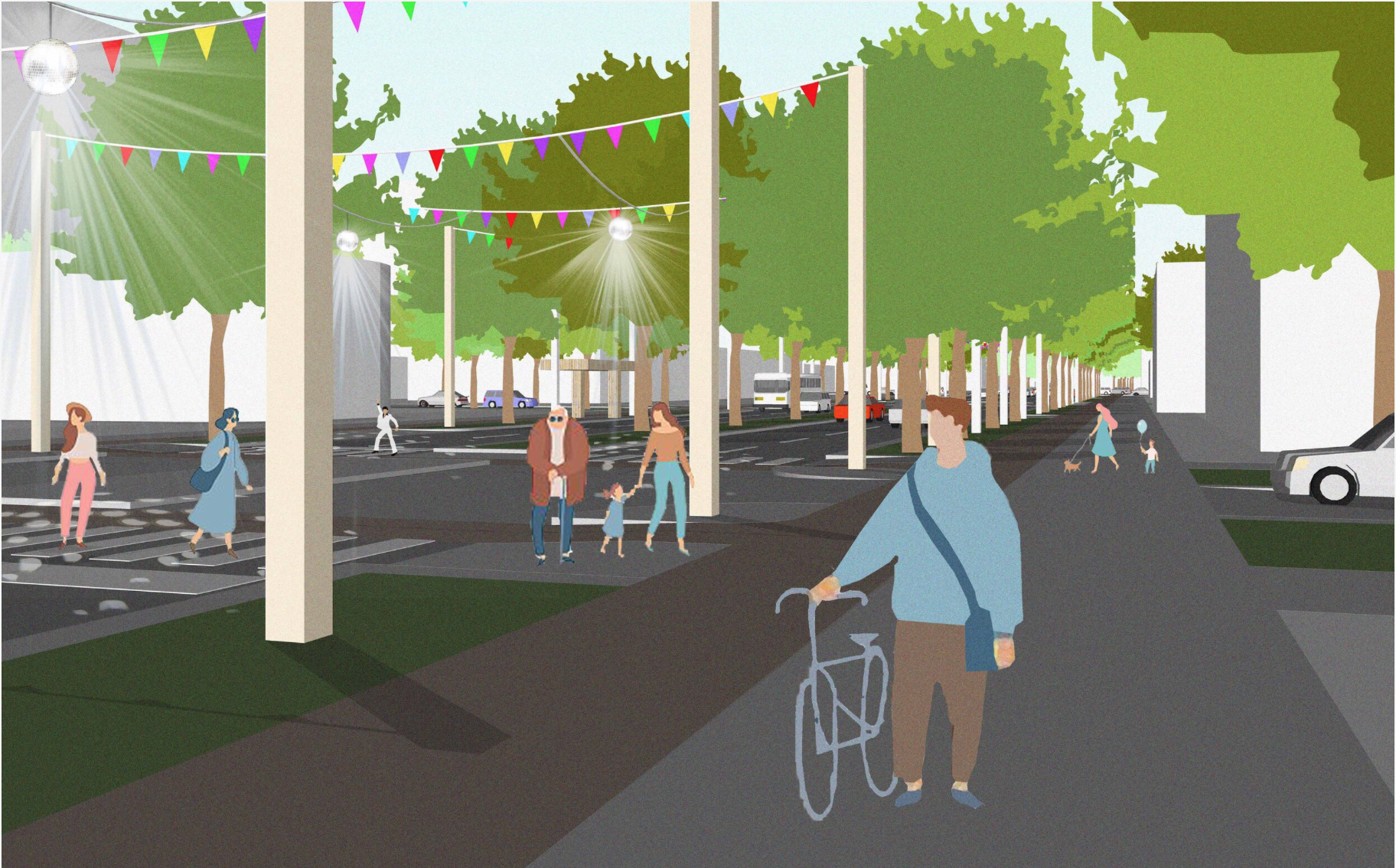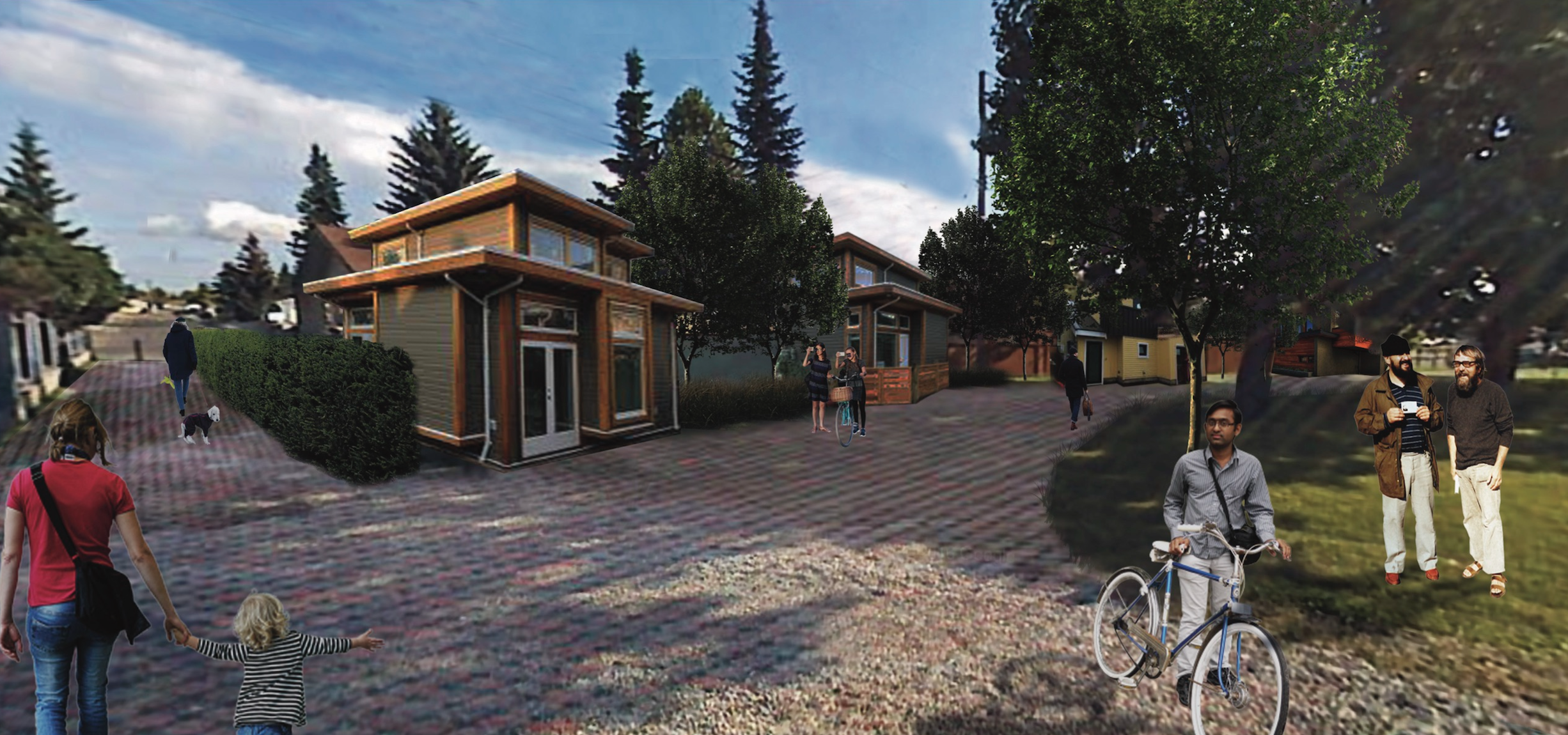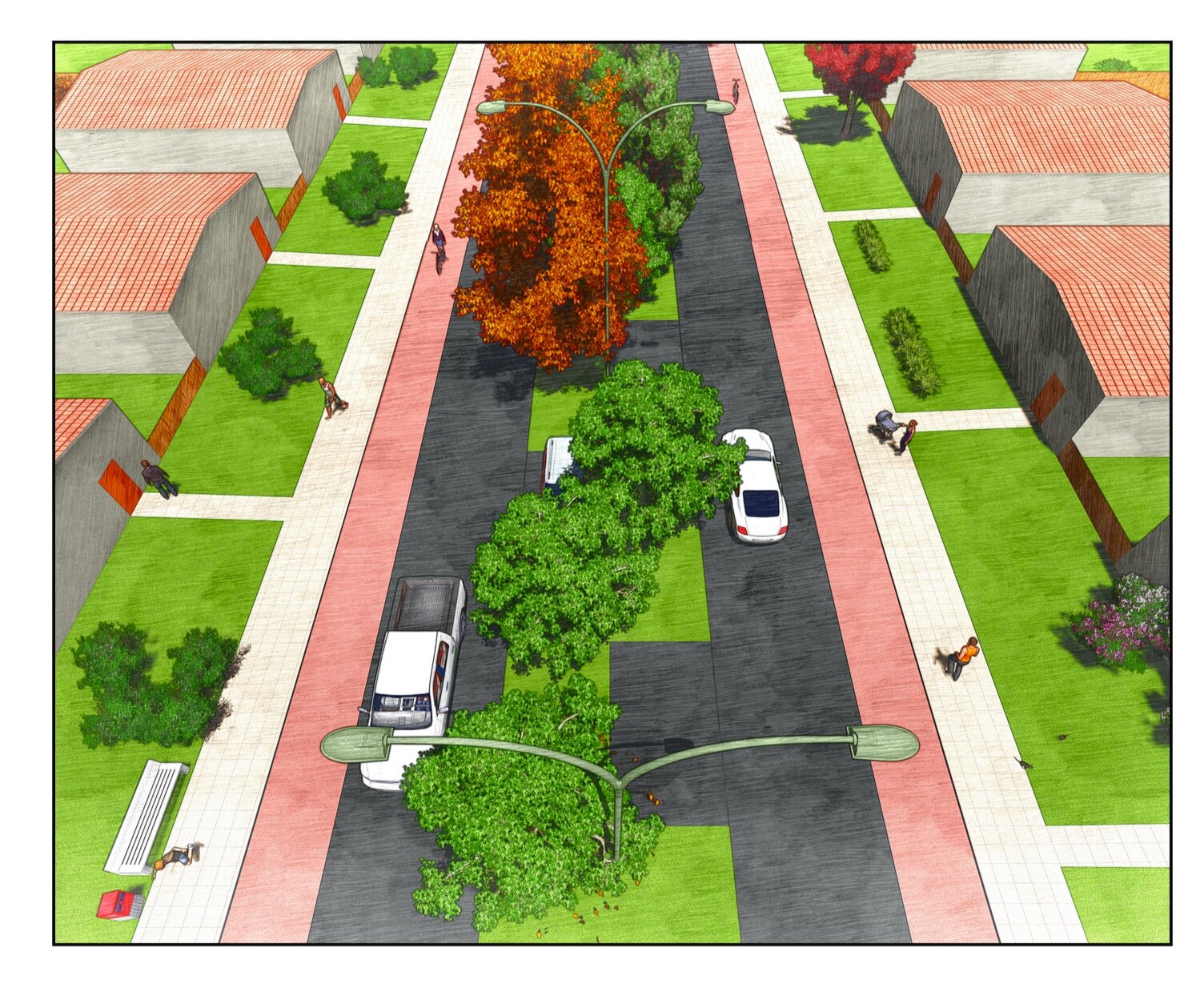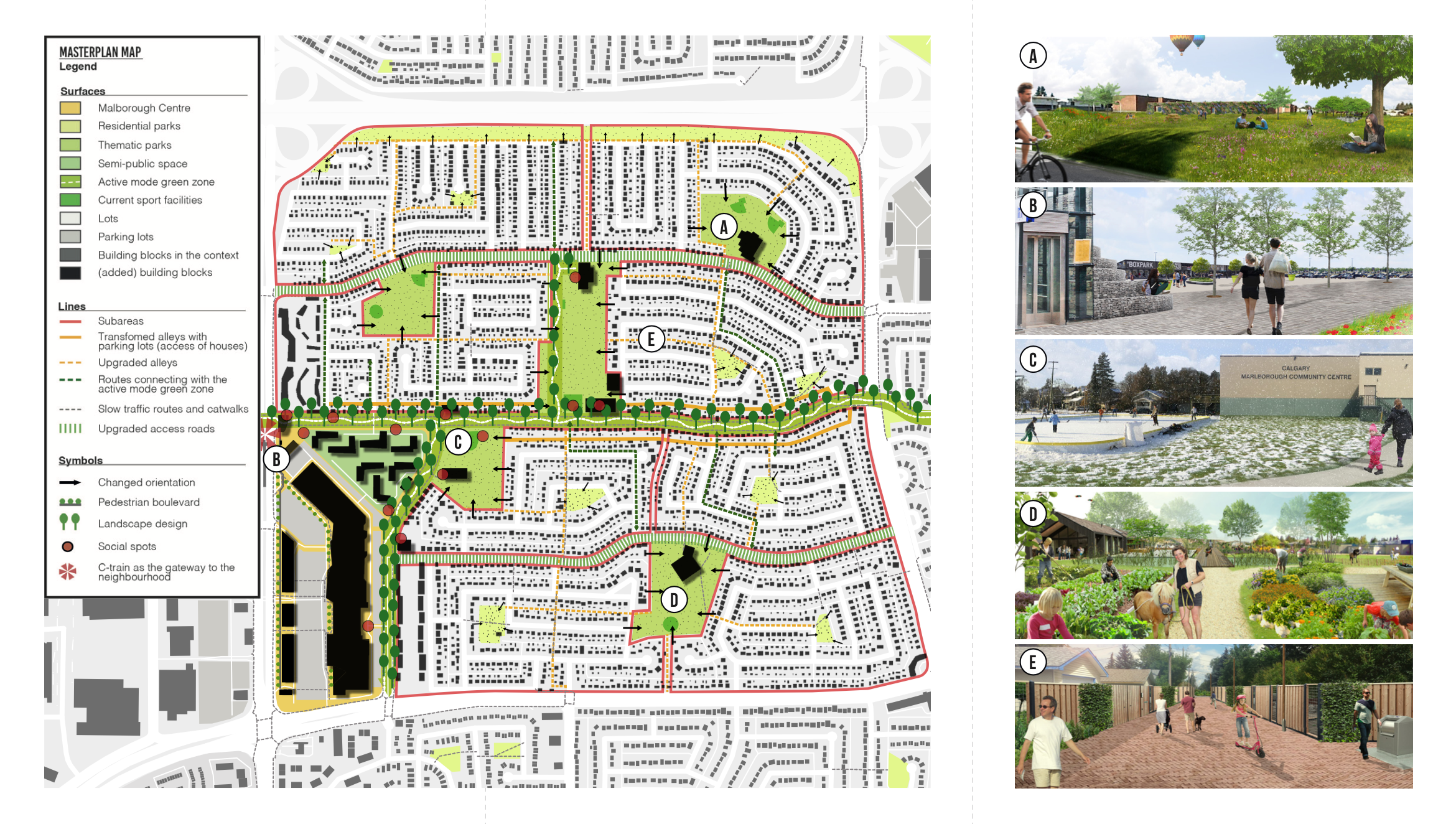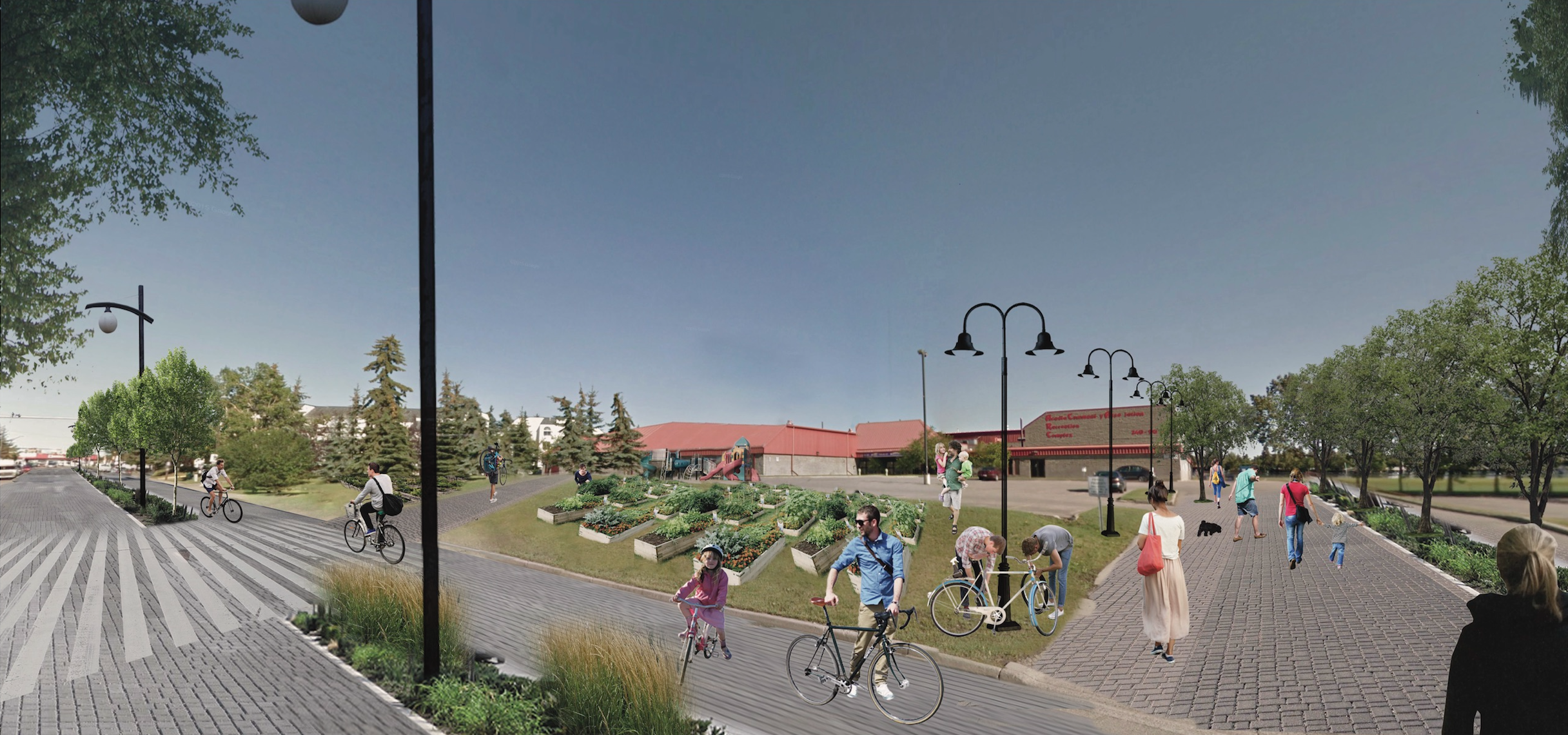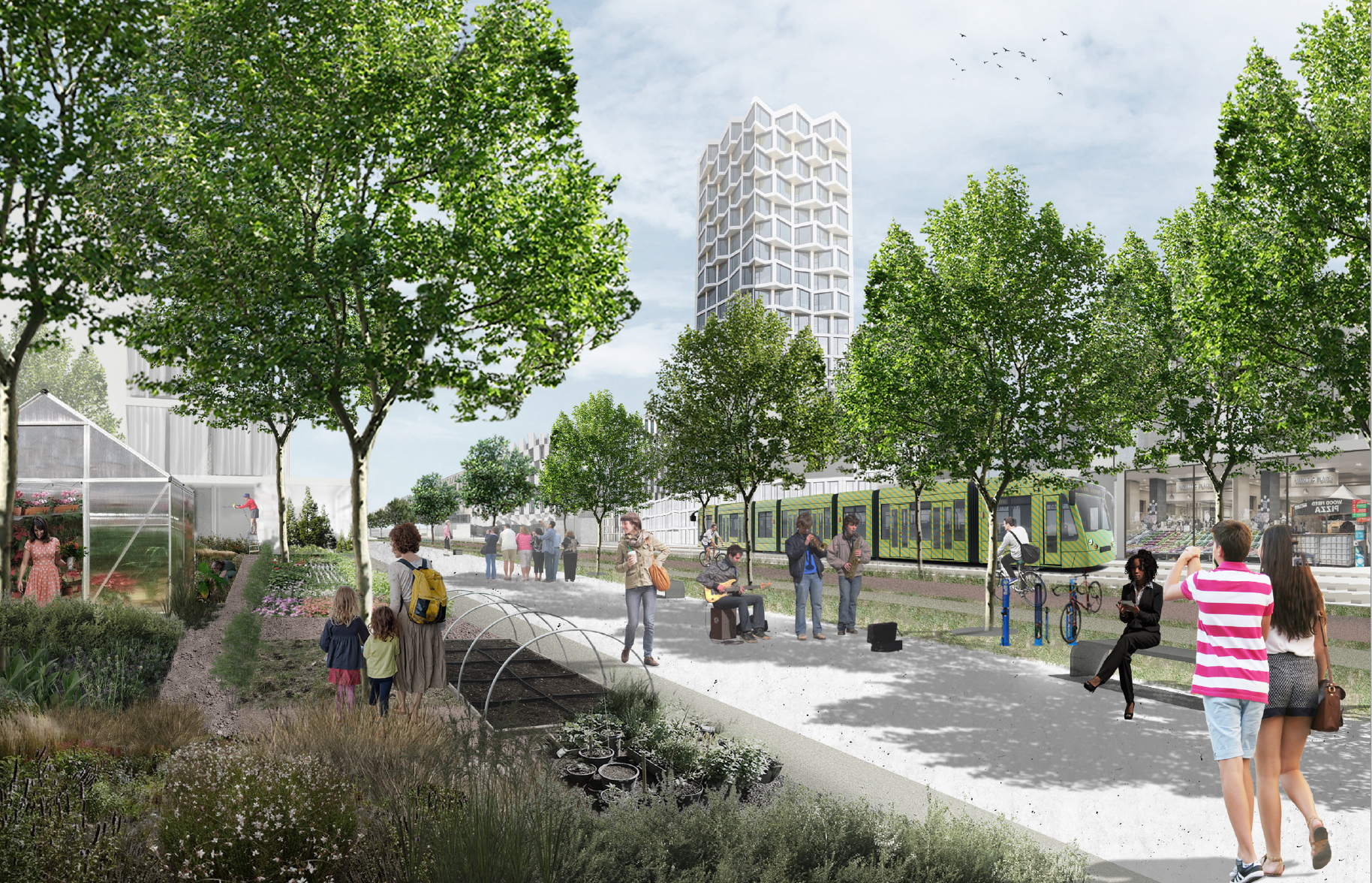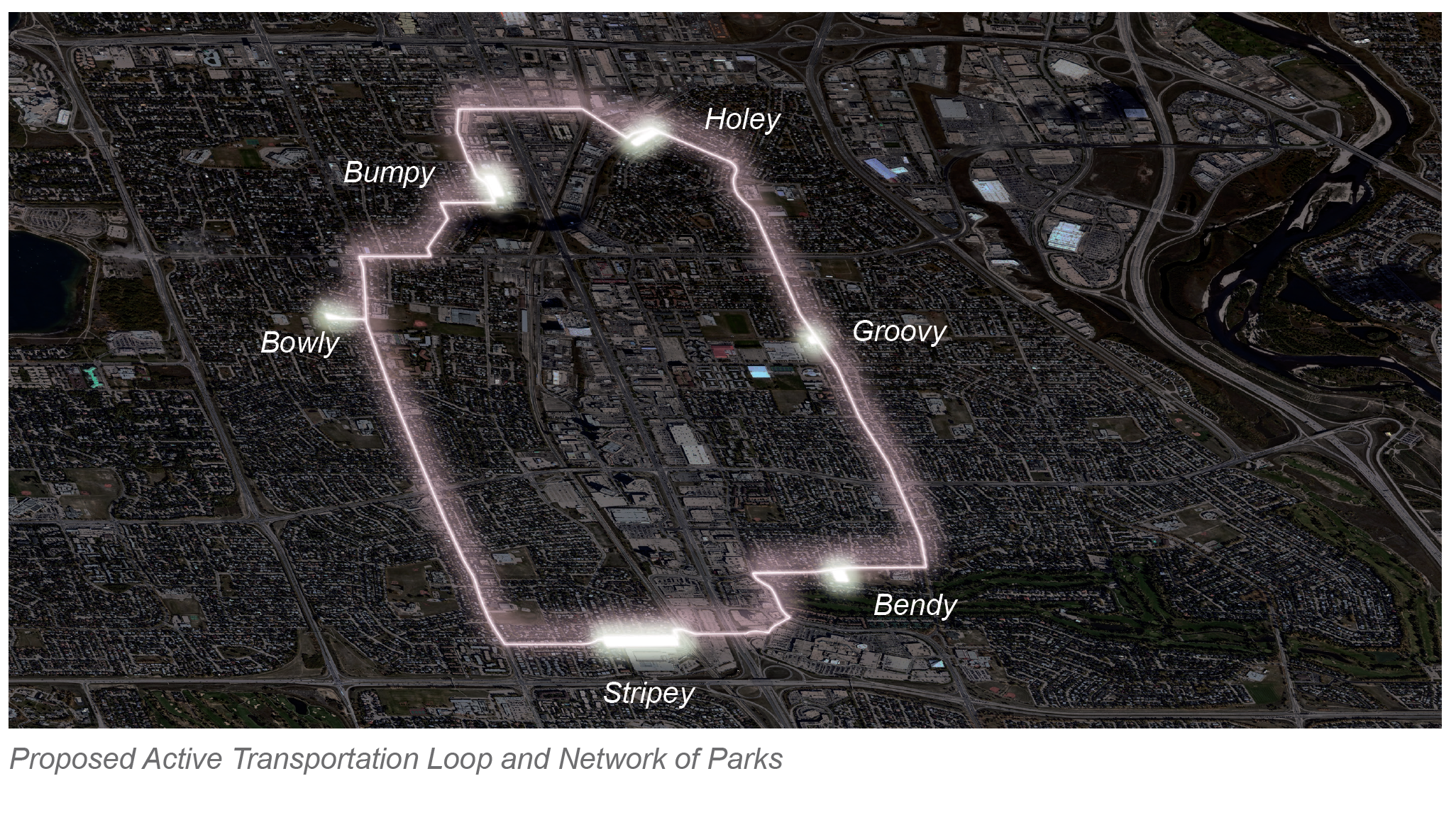Cities Under Quarantine: Meeting the Tiger in the Grass
Last Monday, I had the opportunity to chat with Francois Joly on CBC-RadioCanada’s La Croisee. Follow this link to listen! If you missed that one French class on urban planning, keep reading for an overview, plus a little extra, in English.
Cities under quarantine
Meeting the Tiger in the Grass
Cities across the planet are asking themselves how they can address issues like economic equity, the climate crisis and environmental issues, all while responding to the pandemic.
It brings back the story of the “tiger in the grass” versus “the tiger at the front door”. Climate change is a tiger in the grass: we know it’s important to address, but we lack a sense of urgency.
This pandemic lends urgency. It presents a tiger at our door. It necessitates that we adapt extremely rapidly - uncomfortably rapidly - with regard to the economy, urban planning, social norms. This comes with tremendous hardship. It also gives us a rare opportunity - and responsibility - to consider what else we can accomplish as we pivot. Can we channel the efforts required by the pandemic into building a future we can look forward to? Can we accelerate our response to other issues, such as the climate crisis, as we craft an economic recovery strategy? We have a rare opportunity to prepare for the tiger in the grass.
Let’s get concrete - let’s talk about personal transportation.
Francois Joly of La Croisee asked my thoughts last Monday on the trend of converting roads to pedestrian spaces - and how some cities intend to make those changes permanent. These conversions were created to help people stretch their legs, stay healthy in body and mind, and maintain distance. We have many in Calgary, and we’ve received international attention for them alongside cities like Milan, Paris and London.
Why make these conversions permanent? Milan is doing so to support economic relaunch: give extra space to local businesses in an age of distancing, while combating air pollution and avoiding a vigorous return to the automobile. Such a return would itself represent a 3-pronged threat to human health: air pollution, sedentary behaviour, and climate change.
Lithuania is turning much of its capital’s public space into what they call an “open-air cafe” to support local business. Paris is implementing a bicycle network, building on its temporary response of “corona-pistes”. New Zealand also, and is going further by relaunching the economy with a focus on green jobs.
In the short- and medium-term, we need more space than usual around essential services to maintain our 6 feet of distance. We’ll need it around non-essential businesses as our pandemic response eases, but physical distancing persists. We need room for all Canadians to achieve their recommended level of daily physical activity, and to maintain their mental well-being.
But supporting active transportation - and transit - is also:
A response to our chronic health crisis.
A response to the needs of an aging population, where 1/5 Albertans will be seniors by 2030.
Well-aligned with a biodiversity and ecological connectivity strategy in Calgary, where we have incredible potential to become national leaders. This aligns well with providing quality of life for our citizens, and attracting new citizens - new talent - to Alberta cities and tourist destinations.
A response to our climate crisis. It is an important part of reducing greenhouse gases, and it’s a strategy we can implement here in Alberta without ever talking about pipelines. Why not start where we have more common ground?
There are many tigers in that grass, and there are solutions - like making places for people - that address all of them at once.
Is dedicating more space to people on foot and on bikes something we can do in Calgary?
Absolutely. Before the pandemic, it’s the direction we were headed in. Consider the Stephen Avenue redevelopment, our cycle track, communities re-designing their own pathways and developing traffic-calming solutions. Momentum towards active travel is coming from citizens, from businesses, from the City. The reason is that the co-benefits of designing cities for people on foot and people on bike are so numerous, with so many benefiting: local businesses, the economy, public health, City tax revenue, efficiency of tax spending, equity, traffic. These benefits cut across the political spectrum.
“In re-imagining our city, equity and health equity need to be pillars of our approach.”
In many cities there’s been an emphasis on commercial roads. This is wise in a post-pandemic context. People need to access their businesses and essential services, while keeping their distance. I support that. The case for active travel in commercial areas, in my opinion, is a no-brainer. Pandemic or no pandemic, it’s a good economic development and tourism strategy. Done well, it can be a great traffic mitigation strategy. It’s a ‘sexy’ idea.
What I would add is that, as we re-imagine our city over the next months and years, equity and health equity need to be pillars of our approach. Trends we’ve seen over the last decade include the suburbanization of poverty, and across Canada, less infrastructure investment in neighbourhoods with more new Canadians and lower incomes.
It is often those who earn less who have less opportunity for tele-commuting. We will have to ensure that public infrastructure and multimodal transportation systems provide options in just these neighbourhoods - so all Canadians can get where they need to go, while being able to stay fit and infection-free.
I’m thinking about neighbourhoods in Calgary where most residents live in apartment towers, where there is little green space, where sidewalks are skinny, broken, or absent. I’m thinking about neighbourhoods with high numbers of people with physical and mental disabilities. Not all neighbourhoods can respond equally to a pandemic, nor do they experience health equity, based on where they live, during the best of times.
Since governments are prioritizing economic stimulus at the moment, now is an ideal time to prioritize active transportation networks - multi-modal networks - that serve all Calgarians, that reach across the city and are not only concentrated in the city-centre. I read an article recently that suggested active transportation infrastructure is less expensive. It requires less material, but still creates a lot of jobs. The joke was - is this infrastructure too cheap to count as economic stimulus? On account of all of its co-benefits, it’s the direction in which we should be moving.
How do we transition to permanent road conversions? What would it look like?
I’ll point to a few excellent resources on creating places for people: Complete Streets for Canada; the Green Action Centre’s blog on how to unroll a pandemic response; Toole Design’s presentation and resources, also on pandemic response. Our own design work, some of which is featured below, helps us imagine what giving more public space to people on foot or bike might look like.
What interests me especially is aligning our pandemic strategy with long-term plans, so our efforts can reach beyond trouble-shooting, and towards building the future we want. The City already has a plan for bicycle and pedestrian networks. Let’s prioritize road conversions to prototype or implement parts of this network. In this way, we respond to an urgent, short-term problem, but consider how our response can contribute to - even accelerate - long-term plans.
It will be important to expand some temporary changes quickly as the weather improves, and people hit the paths and the parks. We can start, for example, by reducing residential speeds, temporarily, to 30km/h, to create safe shared spaces among people on bikes, on foot and in cars.
Crucially, let’s consider how our current infrastructure was able to respond to the changing needs of its users - which is to say, not seamlessly. My colleague Juliana Morar (Northernland Studio), whose work is featured above, wonders whether our infrastructure is currently too rigid. Could we instead create flexible infrastructure that adapts to the changing needs of its users, day-to-day? If we got rid of sidewalk curbs and implemented retractable bollards, lanes could be dedicated to different users at different times: cars during rush hour, pedestrians during festivals. That’s a visionary approach, and the kind of thing we should be thinking about right now, when we are forced to adapt, and have funding to adapt. Let’s create cities that make us healthy, happy, resilient, and employed.
Let’s be honest, meeting the tiger in the grass is not just about adapting local travel. We’re currently reducing our greenhouse gas emissions, but not enough. We’re facing an economic crisis that may amplify the inequity already present in our system.
Meeting the tiger in the grass will be about paying front line workers appropriately. It’ll be about diversifying the economy - something that’s been on our collective bucket list for 40 years. It will be about reducing our greenhouse gases much more than we’ve been able to do during quarantine, and spoiler alert, I think higher income equity will be the road that leads us there.
But one thing at a time. Let’s commit to something doable, hyper-local, and that most of us can agree on. Let’s make places for people.
by Celia Lee




